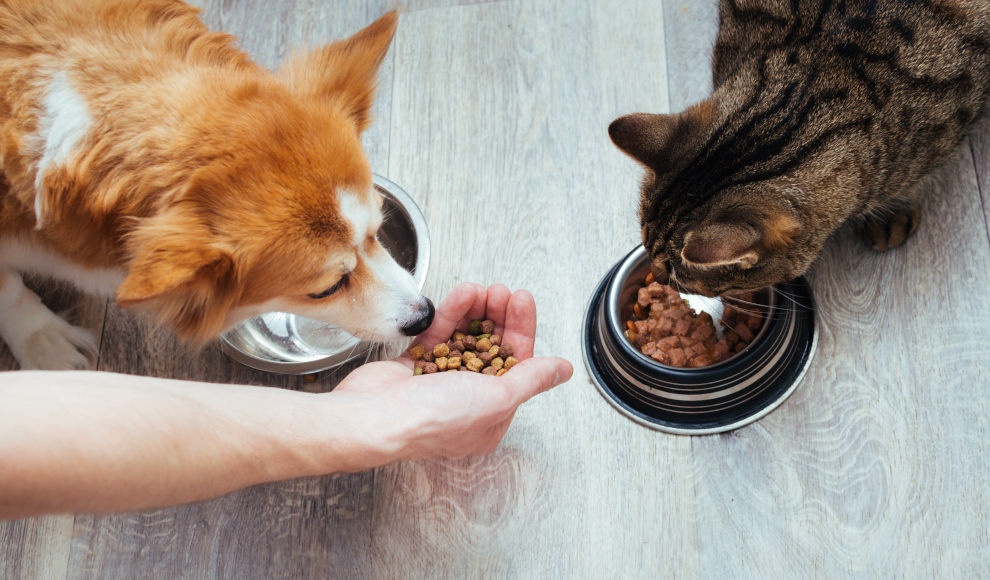The carbon footprint of dogs and cats is heavily influenced by their food, with emissions varying by up to 689% depending on the type of food. In Germany alone, there are 10.3 million dogs and 16.7 million cats, which consume approximately one million tons of meat annually, resulting in significant CO2 emissions. A recent study by the Technical University of Berlin found that a medium-sized dog generates 8.2 tons of CO2 emissions during its lifetime, equivalent to the greenhouse gas emissions from driving 72,800 kilometers or the emissions released by 13 round-trip flights from Berlin to Barcelona.
Researchers at the University of São Paulo, led by Marcio Brunetto, have now investigated how much the carbon footprint of dogs and cats is influenced by their food. They analyzed the consumption of water and land and greenhouse gas emissions from 618 dog foods and 320 cat foods, including both commercial pet food and homemade food. The researchers found that dry food for dogs and cats has a significantly lower impact on the climate than wet food. This is generally true for homemade food as well, although the climate impact is slightly better for wet food than for the analyzed industrial products.
A ten-kilogram dog has an annual carbon footprint of 828 kilograms if it only eats dry food. If the dog is fed only wet food, its carbon footprint increases to 6,541 kilograms of carbon dioxide per year. The difference between dry and wet food is therefore 689%. These findings highlight the importance of considering the environmental impact of pet food when making choices for our furry friends.










